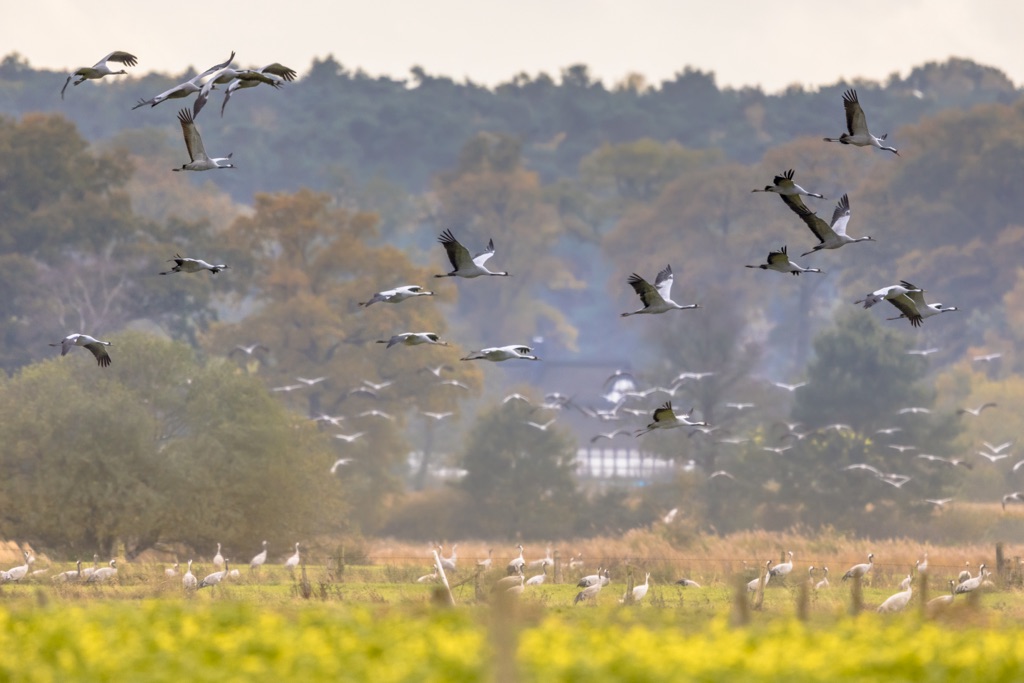Every year, as the seasons change, we witness one of nature’s most spectacular phenomena: bird migration. This awe-inspiring event sees billions of birds traverse continents, flying thousands of miles from their breeding grounds to wintering sites and back again. But why do birds embark on these perilous journeys, and how do they navigate such vast distances with astonishing precision?
Bird migration is primarily driven by the availability of resources. As seasons change, temperatures fluctuate, and food sources vary, birds move to areas where conditions are more favorable. This cyclical movement ensures their survival, allowing them access to abundant food supplies and optimal breeding sites.
The routes birds take can be incredibly varied. In the United States, many birds follow a north-south trajectory, with routes diverging around natural barriers like the Rocky Mountains. European migrants often journey from Africa and India, showcasing the global scale of these migrations.
Interestingly, about 40% of bird species are regular migrants. Their strategies are diverse, influenced by environmental factors such as temperature, day length, and food availability. For example, seed-eating birds in colder climates may remain as long as food is accessible, while insectivores must follow their prey to warmer regions.
Migration is not without its challenges. Birds face numerous hazards, from weather to habitat loss. Yet, their ability to navigate using the Earth’s magnetic fields, star positions, and even smells is a testament to their resilience and the intricacies of evolution.
Technological advances have enhanced our understanding of migration patterns. Websites like birdcast.info provide real-time data on migration flows, enabling enthusiasts to predict when and where different species will pass through their area.
As we delve deeper into the study of bird migration, we uncover more about these remarkable journeys. It’s a reminder of the interconnectedness of our world and the importance of conserving the natural habitats that these travelers depend on.

